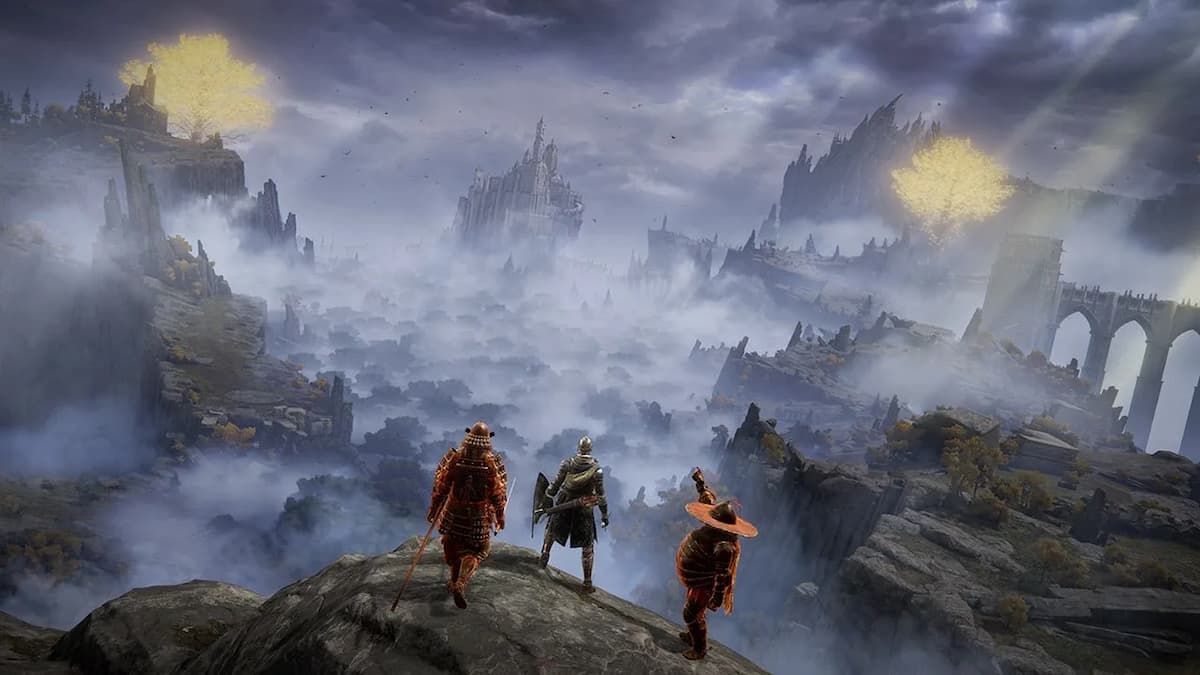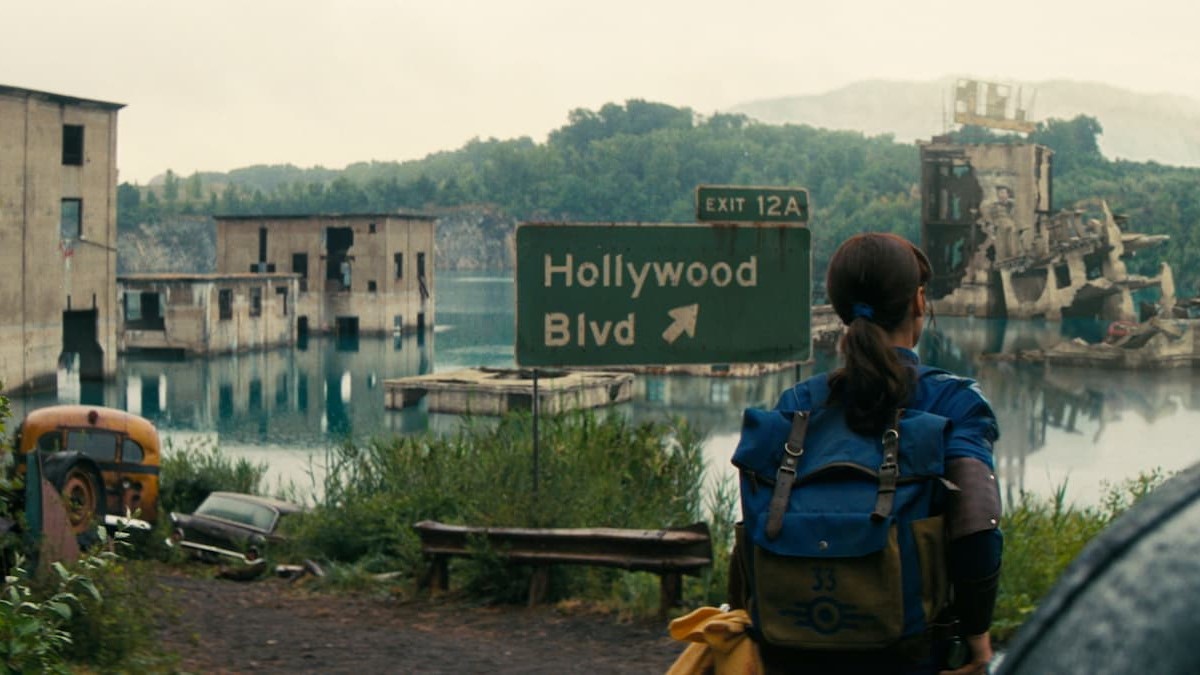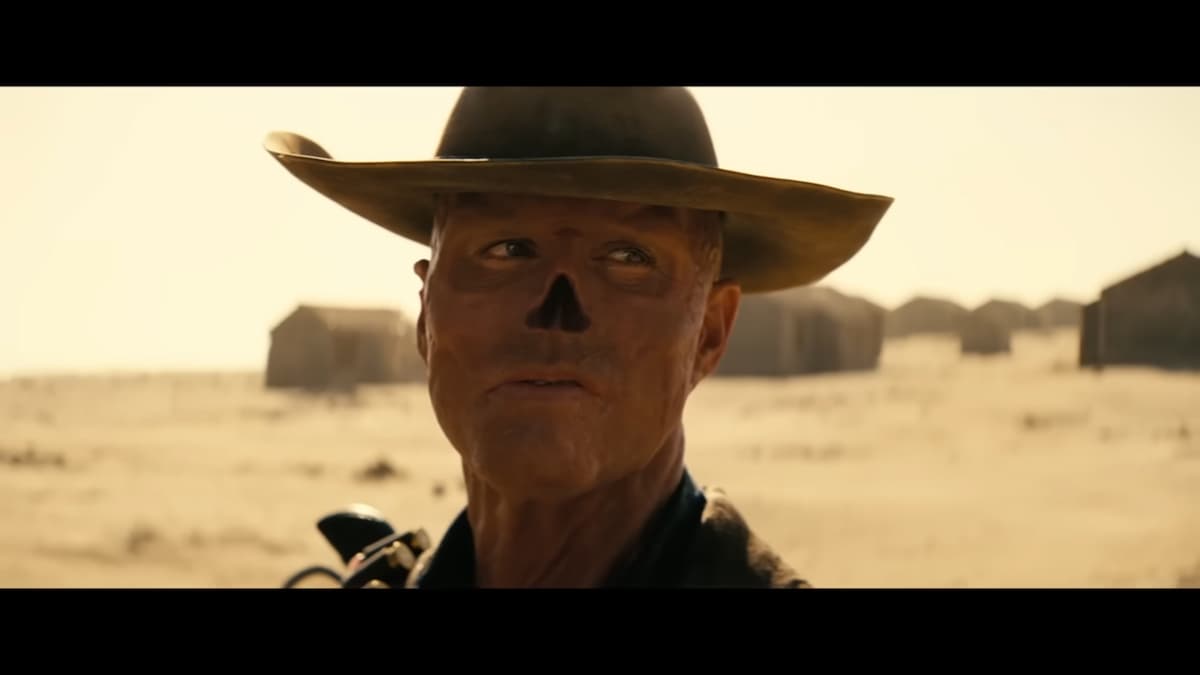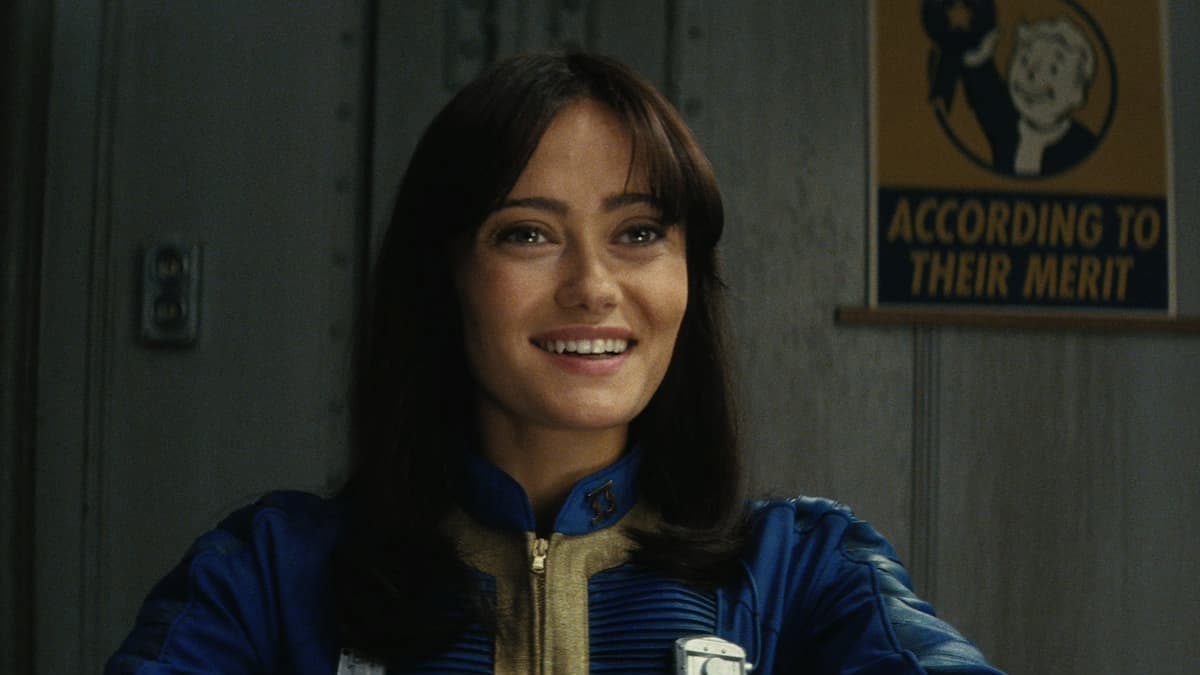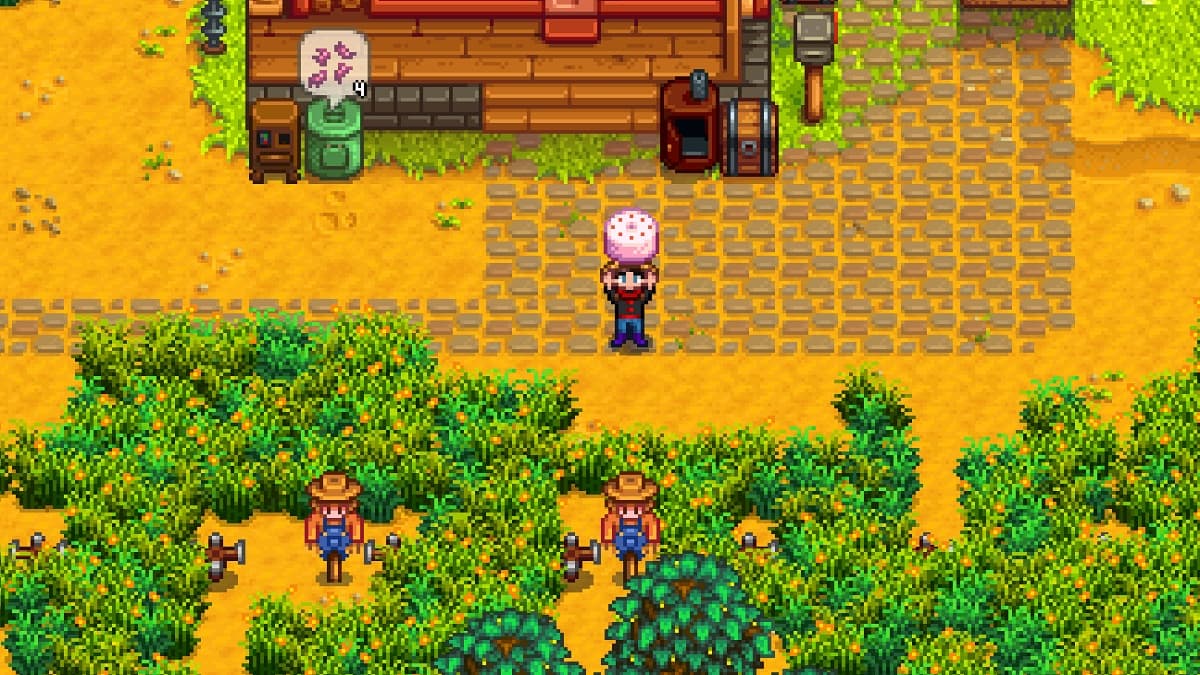It was a normal day of patrol out in council space. You look over the Council-Homeworld that you often patrol and notice something is amiss. A small drone is hovering over the planet, and it isn’t like anything you’ve ever seen before: not from petty pirates or sneaky smugglers.
Something is going on. Suddenly, you are being attacked from all sides by mysterious ships, trapped in a interstellar dogfight for survival. Something is wrong in the Perseus sector and it looks like the Special Task-Force Perseus 230 is going to have to find out just what is going on. Guess what, gamer: you’re about to go on an intergalactic adventure to find out.
Perseus 230 is a cell-shaded, on-rail space shooter game created by Martian Rex and headed by Gabriel Santos. Drawing inspiration from the game series Star Fox–a series which hasn’t had a new release in quite some time, much to the disappointment of the genre’s fans–the demo shows that Perseus 230 takes everything that made the space shooter genre and makes it better, giving the players a real sense of progression and impact. The player feels as if they are actually in this spaceship, helping the beings of this world survive an upcoming catastrophe that looms close overhead.
When compared to a game series as iconic as Star Fox, the Kickstarter project has a lot to live up to; but, from what’s been shown and demoed so far, it is possible that this game might be a true successor to Star Fox’s crown of “best on-rail space shooter.”
Martian Rex’s Gabriel Santos explains his start on the game, the colorful characters, story, and critical response in an exclusive interview.
Did you work at any other video game companies before you decided to go the independent route?
Gabriel Santos: Yes, I’ve been in the industry for almost 10 years. I’ve worked at places such as Zynga and Digital Chocolate.
Why did you leave the company and decide to make Independent Games?
Gabriel Santos: I left my job at Zynga because large companies must keep throwing money into mobile development. I’m just not interested in making mobile games anymore. The economics of that ecosystem constrain game design too much. It has a lot to do with user acquisition costs and its less fun to make games that way. I’m more interested in what Mojang has done, which is a PC -> mobile strategy, and there are new platforms such as game-enabled TVs and settop boxes that offer all this design freedom.
Where did you get the idea for Perseus 230? What were your major inspirations?
Gabriel Santos: For this project the true starting point was to create a game designed as an awesome co-op experience. When I met Chuck and we started making prototypes I looked through his portfolio and his ship designs really stood out to me. With those things in mind the conversation evolved until we hit Star Fox as an inspirational starting point for the gameplay. It’s a game we both really like and we think the rail shooter genre has plenty of room for innovation.
The game looks beautiful with the cell-shading graphics! What made you decide to have it cell-shaded rather than any other style?
Gabriel Santos: Thank you. We drew inspiration from anime such as Cowboy Bebop, Evangelion and Macross. But the reason comes down to economics. In the beginning it was just Chuck and I, and we didn’t know if we’d be able to add more people. How do you make a great looking game with a very small team that features a lot of content? Our solution to both graphics and animation is an efficient combination of Art and Code. It’s our secret sauce!
How many hours have you put into the project so far?
Gabriel Santos: We’ve been making P230 since November. We don’t keep track but I’ve put in almost 2,000 hours.
What inspired you to make the ships look and control the way they do in the game?
Gabriel Santos: The game’s perspective dictates the protruded shapes you see on all the ships, it improves the player’s sensation of depth. The controls are pretty standard; we are sticking to established patterns so it’s easy for gamers who are not familiar with a rail shooter to easily pick up the basics.
We realize that, while we opted for dual-analog and mouse+keyboard, Star Fox used a single-analog approach, which is more casual. I think this was good in the N64 days, but when you look at what Nintendo has done with Kid Icarus and Sin&Punishment it’s a hint about the input limitations of the N64. That said, Perseus 230 will feature a single-analog option for players who prefer it.

All of the ships look very customizable. How many different upgrades and options do you have for each of the ships?
Gabriel Santos: You can change everything about your ship except for the central pod. You can swap the wings and explore a galactic number of weapon combinations. Some of those weapons have expansion slots on which you can attach mods to give them various special properties.
We’re waiting for the result of the KS campaign before deciding exact weapon numbers, and we’ve talked about allowing custom paint jobs, it’s a cool bonus I think we can pull off!
What’s the story behind Perseus 230?
Gabriel Santos: The story takes place at the end of the 27th century in the Perseus sector, at the forefront of human expansion in the galaxy. In the aftermath of the four-planet war, the Perseus Sector Council expanded its fleet of autonomous drones to control the region. To the knowledge of few, a growing number of drones have gone rogue. Special Task-Force Perseus 230, one of the last remaining biological squads, is dispatched to investigate the issue.
Drones used for war and law enforcement with the autonomous permission to kill is a reality we are approaching in the real world and has become a serious ethical debate. Additionally, the character narratives address other complicated issues such as genetic engineering and pressure to self-improve though artificial implants.
The characters in the game look very colorful and fun. Could you give us some backstory on some of them?
Gabriel Santos: Special Task-Force Perseus 230 is composed of a variety of highly skilled pilots.
- Mr. Red is a furry humanoid with quick reflexes and a first name difficult to pronounce. Part of a genetically engineered race, Mr. Red joined Task-Force 230 with the secret desire of finding a new home-world for his kind.
- ShinjiDaisuke is a veteran cyber-human who feels unjustly discharged from his position as a carrier pilot. After a variety of commercial jobs, Daisuke joined Perseus 230 for an opportunity to prove his honor and bring justice to the sector.
- Jenny Harriot is one of the first Alter-humans, the result of a covert genetic experiment designed to create a generation of combat-ready citizens. She struggles with the feeling that her choices and emotions are nothing but a result of her design.
These are the ones we’ve designed so far, but more will come and we look forward to collaborating with the fans on those.

What inspired you to make the characters this way?
Gabriel Santos: We wanted characters that have variety, depth and that carry the game’s simultaneous cartoon and realistic style. We set out to provide equal gender representation in our protagonists without making them “mirrored” or stereotypical.
Additionally, major inspiration for us comes from Japanese games and media. Our character designs are a gesture of respect to our players and to all the great work that precedes us.
What has the critical reception of your game been like?
Gabriel Santos: Positive. People have fun with the demo, and that’s the most important thing to look for. We also get lots of kudos for the visual style and trailer. We’ve been critiqued for showing too much cinematic and not enough gameplay in the video.
But, everything you see there, from the ships to space worm, are all in-game assets rendered in real-time. We just started revealing the backstory and look forward to seeing people’s reaction to those.
Have you had a lot of support from the gaming community?
Gabriel Santos: Many gamers have echoed our sentiment that Rail Shooter is an under-represented genre with a lot of room for innovation. Also, our focus on local multiplayer has been well received. Going into Greenlight, we expected a lot of negativity and “clone-bashing” but there has not been a single comment like that and the turnout is overly positive. I think people realize that, even though we explicitly state inspiration from Star Fox, we’re doing something different here—it’s not a clone.
Has the Kickstarter been going well?
Gabriel Santos: We don’t need a lot of funding to get the game to its intended design. We are asking for $29k and the campaign is still in its first week, so we must exercise patience.
Kickstarter is a great platform for marketing. We’ve been able to reach hundreds of thousands of people and build awareness for the game, which is our campaign’s primary goal.
If you had to fly with one of the pilots of your ships, who would you fly with and why?
Gabriel Santos: As a player I would choose Jenny. I guess I always pick the female characters that look cool. But if it were in real life I’d choose Mr. Red. His story is very moving and he is fighting for all Sciuri. I would like to help him as much as possible. If I were worried about my safety, I’d go with Daisuke! He’s the most experienced and has survived numerous battles.
What platforms will this game be available for?
Gabriel Santos: Perseus 230 will be available on Windows and MacOS first. Followed closely by Linux and (Greenlight permitting) Steam Machines. We’re really interested in platforms such as Amazon’s Fire TV and others that are battling for the living room and have the potential to displace consoles.
If that’s the first time you are hearing this it may sound crazy, until you learn how ambitious their plans are. We’ll be there when it happens.




